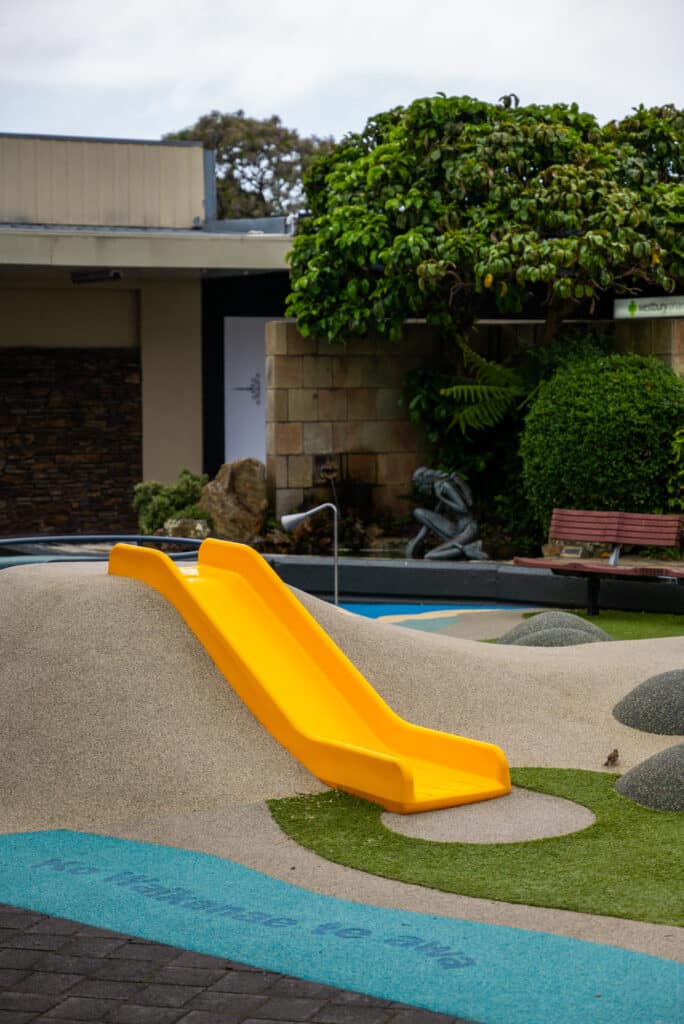Do you have a small area and you need a new play space? The answer could lie in a pocket playground. It is innovative, compact, and perfect for our bustling urban landscapes and small school areas.
In this article we will explore the main principles of this type of playground and how you can benefit from it.
Understanding Pocket Playgrounds
Imagine a small, creatively designed play space nestled in a small area. That’s a pocket playground. They’re essential for busy cities that might not have access to large, open play areas.
From an unused small corner design to rooftop fun zones, these playgrounds are transforming underused spaces into vibrant hubs of activity.

Design Principles of Pocket Playgrounds
Designing a pocket playground is a unique challenge. It’s all about making the most of limited space. Designers use multifunctional play equipment and focus on vertical space to create engaging and inclusive play areas.
It’s a blend of practicality and creativity, ensuring every square foot brings joy. Focusing on a mix of structured and unprescribed play can make your design stand out in an urban setting.
Benefits of Pocket Playgrounds
These compact play areas are more than just fun. They offer children social, physical, and cognitive benefits, providing essential playtime in densely populated areas.
For communities, they enhance neighbourhood appeal and foster social connections. Plus, they often contribute to urban greenery, adding a touch of nature to concrete landscapes.
Pocket playgrounds work as a breathing space for areas where you otherwise wouldn’t have a playspace or even a small green area.
For schools, pocket playgrounds are beneficial in many ways, such as bringing a relaxing space in between classrooms or a sensory space for the younger ones.
Customisation and Creativity
Pocket playgrounds are a canvas for creativity. They can be themed, colourful, and inclusive, ensuring every child finds something to love.
The key is to use imagination and innovation to create a play space that reflects and serves the community it’s in.
Engaging with a playground design specialist will help you make the most of your small space, maximising its play value.

Pocket playgrounds are a testament to the power of creative problem-solving in urban design. They show us that there’s room for fun, growth, and community building, even in the smallest spaces.
As our cities continue to grow, these tiny havens of play are more important than ever. They’re not just playgrounds; they’re a vital part of making our urban spaces liveable and joyful for everyone.
If you are ready to transform your small space into a pocket playground call us on 0800 000 334 or send us an email to info@creospace.co.nz





































